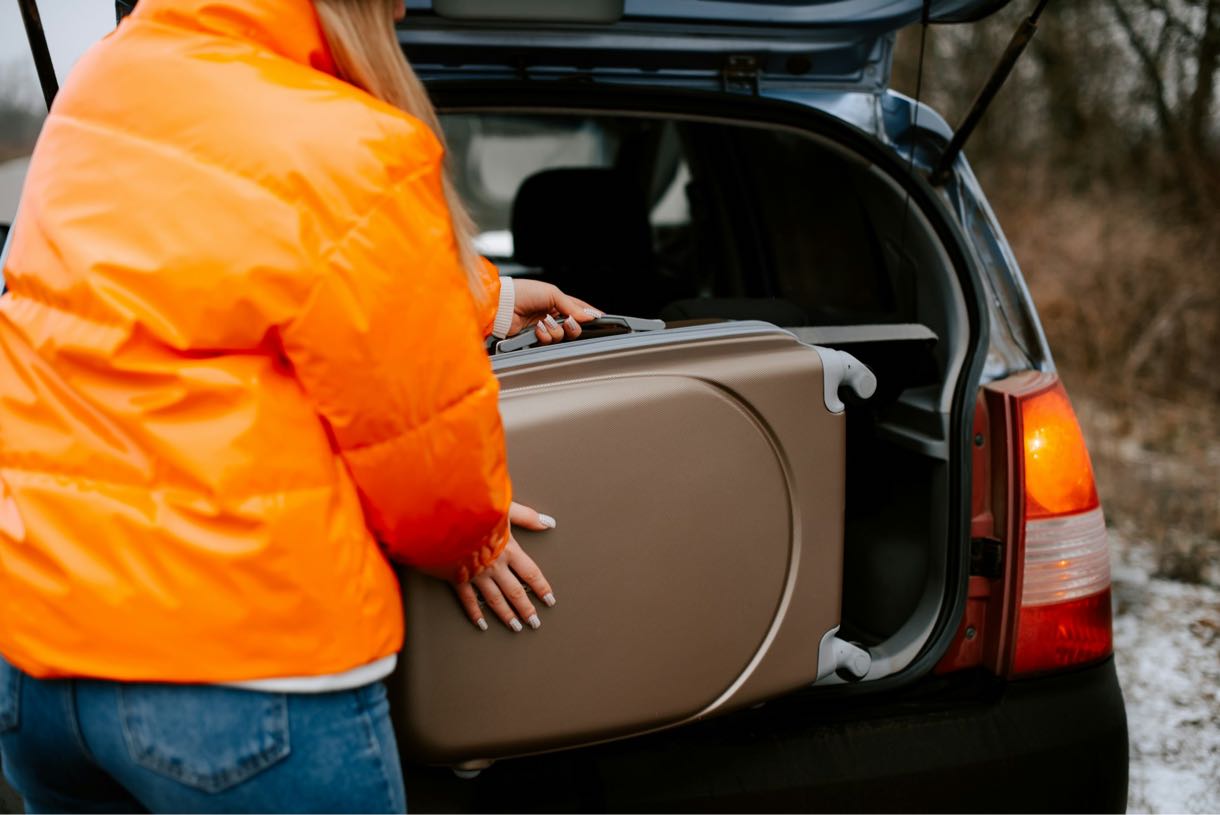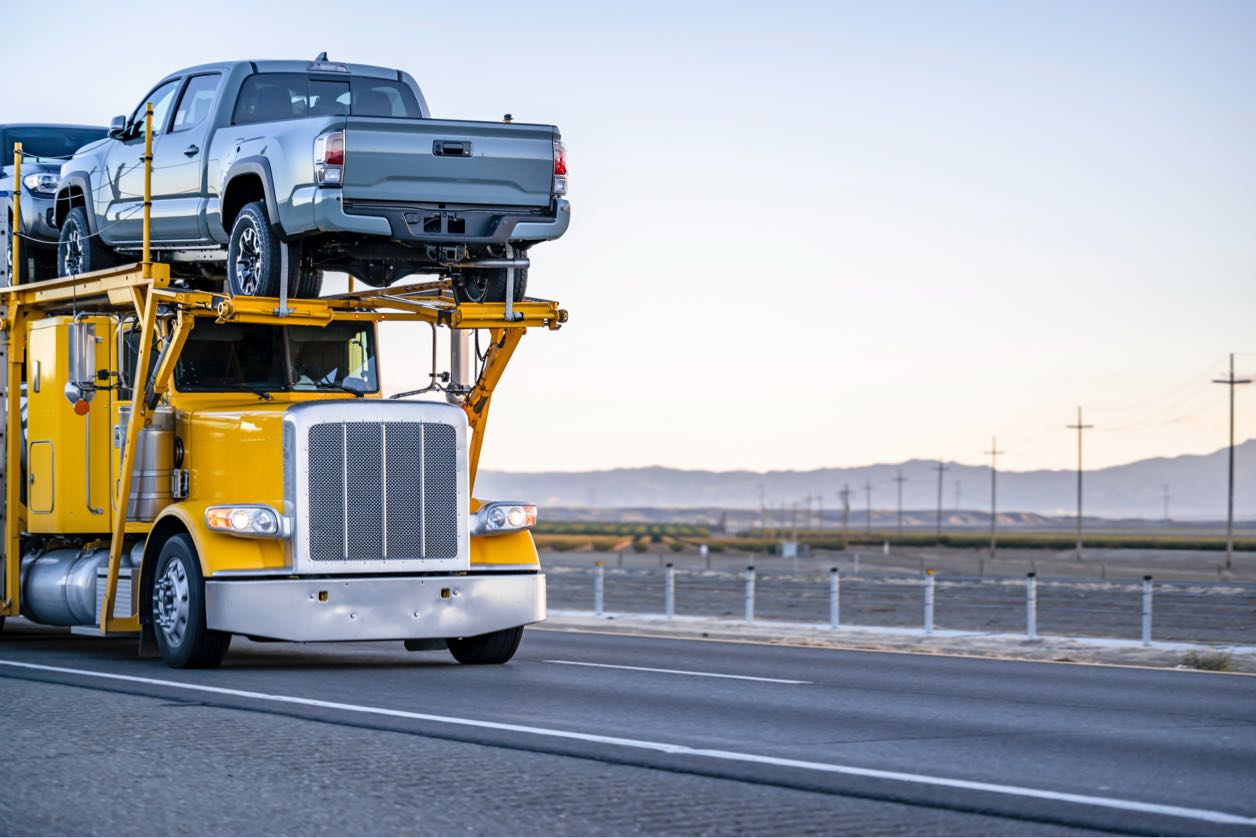Vehicle shipping to far-off places like Hawaii and Alaska necessitates close attention to detail. This specific guide offers information on how to make sure your car satisfies all standards and gets to its destination without any problems. Comprehending the particular requirements and preparatory measures is essential, considering the distinct difficulties associated with shipping vehicles across large oceanic distances. This guarantees not only the security of your car but also efficient management by shipping providers.
Moreover, without the right guidance, the process of getting a vehicle ready for these kinds of trips may be intimidating. We will go over everything in this comprehensive guide, from the preliminary car condition tests to the particular paperwork required. Our objective is to simplify this intricate procedure as much as we can by providing helpful advice that will enable you to properly and quickly prepare your car. By following these recommendations, you may steer clear of frequent errors that could cause delays in the shipping of your car or result in unforeseen expenses.

In order to guarantee a safe and effective shipping experience, it is imperative that you fulfill the shipping company’s specific requirements while getting ready for transporting a car to places like Alaska or Hawaii. This section outlines the conditions your car must fulfill, such as being able to operate, not having any prohibitive restrictions, and having the necessary license and physical condition. The shipping procedure may be greatly streamlined and delays can be avoided by being aware of and following these standards.
Operational Standards Every car that is going to be shipped needs to be in perfect working order. Included in this are operational safety measures like the emergency brake, which are essential for securely loading and unloading the car onto and off the transport vessel. Having your car driven aboard the ship by itself makes handling easier and reduces the possibility of mishaps or delays during the transport stage.
Prohibited Conditions Vehicles with warning lights on for critical components, including the airbags, tires, or engine, are not allowed to be shipped. The purpose of this stringent policy is to protect safety regulations and prohibit the transportation of any vehicles that might endanger the crew, other cargo, or the vessel itself. This regulation is strictly enforced by shipping companies to guarantee that every car on board can endure the voyage without any issues.
Licensing and Condition Vehicles must have a license to operate on public streets or highways or be able to get one in order to be shipped. They also need to be free of any major physical damage. Making sure that windows and windshields are undamaged and free of fractures or other flaws that can deteriorate during transit is part of this. Fulfilling these requirements attests to the vehicle’s roadworthiness and structural integrity, both of which are critical for secure shipment.

Driving your car or putting it on an auto carrier to the port is not the only step in getting it ready for shipping. In order to make sure that the vehicle satisfies the strict standards for shipment to places like Hawaii and Alaska, this step-by-step guide explains the necessary steps. Every stage, from organizing to removing personal items, is necessary to ensure a seamless and legal shipping procedure.
Cleaning Your Vehicle Cleaning your car from the inside out is essential to passing strict inspections. The purpose of these inspections, which are frequently carried out by the USDA, is to stop the spread of pollutants and invasive species such as muck, soil, and plant seeds. Make sure your car is immaculate to prevent any quarantine or cleaning costs at the destination, as well as to assist the inspection procedure go more smoothly.
Removing Personal Belongings Before shipping, you must remove any personal belongings from the vehicle. This includes any extra batteries that were not put in by the manufacturer, loose gadgets like GPS units, and vehicle coverings. Up to two child car seats and any accessories that were fitted at the factory or are structurally fixed into the automobile are exempt from this requirement. By removing these things, you may ensure that shipping requirements are followed and prevent losses from theft or damage.

It’s important to realize that different car types demand different preparation and treatment when shipping the auto to places like Hawaii and Alaska. This section describes the procedures for modified and oversized vehicles as well as the differences in requirements between regular and electric vehicles. By being familiar with these details, you can make sure that your car is prepared for shipping and satisfies all requirements for safe and legal transportation.
Standard vs. Electric Vehicles Depending on the type of vehicle you drive, different laws apply. It is crucial to lower the gasoline level in ordinary automobiles to 1/8 to 1/4 of the tank. This safety measure is required to reduce the risk while being transported. On the other hand, in order to guarantee that their batteries stay charged during the transportation process, electric cars need a particular battery charge range, usually between 45% and 65%. In order to permit any necessary charging upon arrival, all charging cables and adapters unique to the make and type of the vehicle must also be kept inside.
Modified and Oversized Vehicles Shipment of vehicles with modifications or larger than usual dimensions presents special difficulties. Customer service must confirm any changes or large measurements on such a vehicle before it may be accepted for delivery. This is an important phase since some alterations may have an impact on the vehicle’s safety, stability, and suitability for transportation. By adhering to these regulations, harm to the car or the shipping vessel is prevented during the safe loading, transportation, and unloading of the vehicle.

More than simply getting your car ready for travel is required to ship it to Hawaii or Alaska safely; you also need to follow tight safety guidelines and pass several regulatory inspections. These regulations are in place to guarantee a safe and ecologically responsible transportation procedure. Being aware of these rules can help you avoid any delays and extra expenses.
USDA Inspections To stop the spread of invasive plants across state borders, the United States Department of Agriculture (USDA) conducts thorough inspections. Cars are inspected carefully for any organic debris, such as plant seeds or mud clumps, that can be hazardous to the environment. Both the origin and destination ports are subject to these inspections, and delays of considerable proportions may arise from a failed inspection. In order to pass these inspections, car owners must make sure their vehicles are spotless.
Prohibited Items and Safety Regulations Because of federal safety restrictions, shipping some products inside of your car is completely forbidden. This includes combustible things like propane tanks and fire extinguishers, which have to be taken out and declared “gas free” before to shipping. It is crucial to comprehend these rules in order to guarantee that your car meets safety requirements and stays out of trouble or is refused for transport. Following these guidelines will guarantee a more seamless shipping experience in addition to protecting your car and the shipping staff.
As we conclude the important topics covered, it is evident that strict adherence to preparatory instructions is critical. When you carefully prepare your car for shipping, you make sure it complies with all legal standards and steer clear of any unanticipated issues that could occur while it’s being transported. This meticulous preparation does more for your car than merely ensure compliance; it shields it from possible harm caused by handling and transportation procedures. By carrying out these actions, you also help to improve overall logistics coordination and minimize delays in the shipment process. Keep in mind that spending the time and effort necessary to properly prepare your car will pay off in the form of a safer, more seamless ride to your destination in Hawaii or Alaska.

Choosing a reliable company is essential when moving a car to Hawaii or Alaska. For several persuasive reasons, Ship A Car, Inc. is the best option. Our dedication to quality is evident, as seen by our stellar reputation, which is supported by five-star ratings and an A+ rating from the Better Business Bureau (BBB). Our committed SAC transport consultants are accessible at (866) 821-4555 to guarantee your experience is seamless and stress-free. They personally attend to each customer’s requests. Our expertise is in surmounting the administrative obstacles linked to delivering automobiles to isolated areas, rendering us the preferred choice for dependable, effective car transportation. From the initial quotation to the final delivery, you can rely on us to treat your car with the utmost care.
Q: What should I do if my vehicle fails USDA inspection?
A: In the event that your car does not pass the USDA inspection, it will be required to be cleaned at your expense and examined once again before it can be delivered or given to you.
Q: Can I ship personal effects in my vehicle?
A: When shipping between Alaska ports and Tacoma, it is possible to send personal effects in your vehicle; however, there will be an additional price for this service. It is important to note that some things, such as ammunition, are not allowed.
Q: What are the specific battery charge requirements for shipping electric vehicles?
A: Batteries in electric cars should have a charge that is anywhere between 45 and 65 percent. The drop-off service may not accept vehicles that fall outside of this range.



